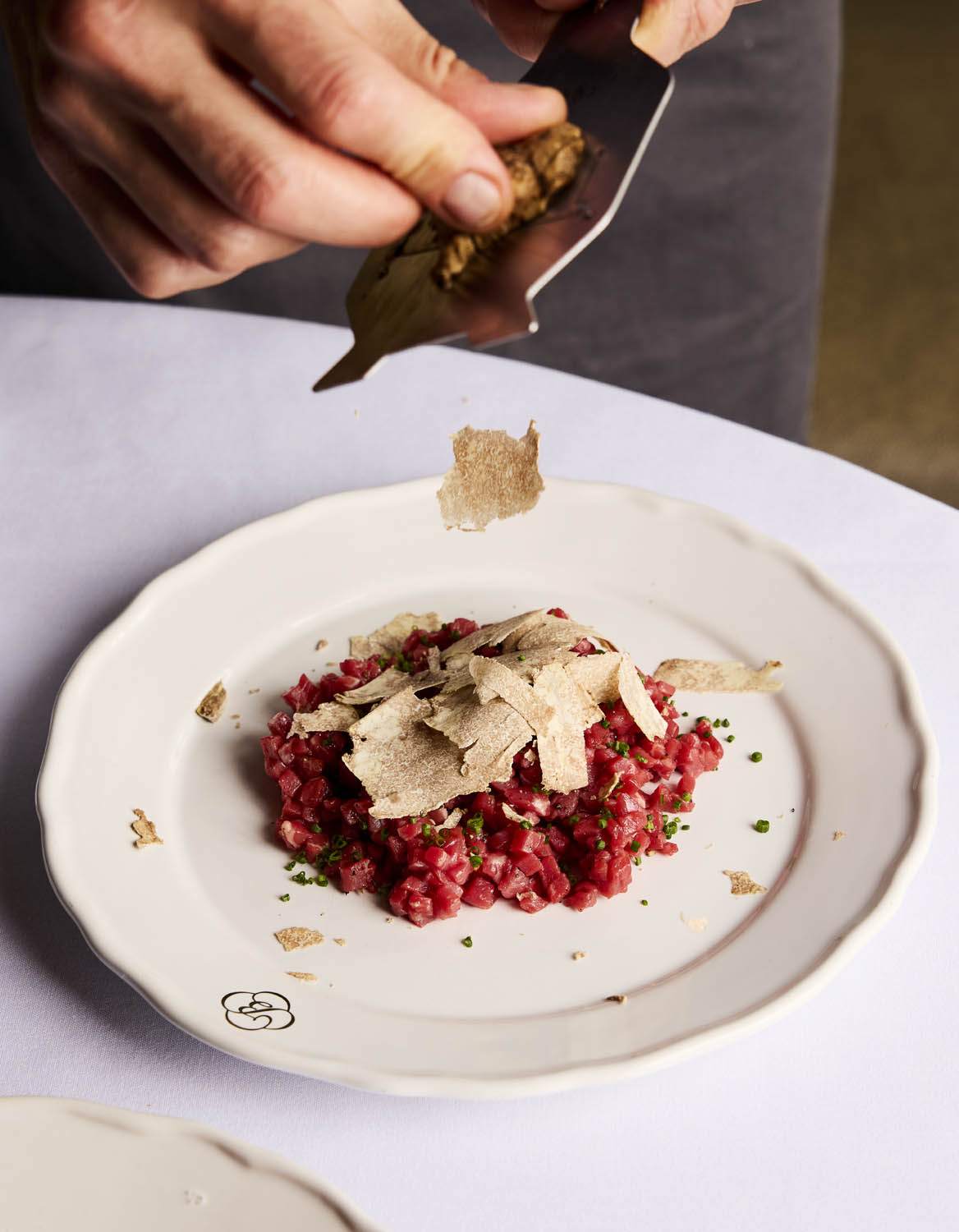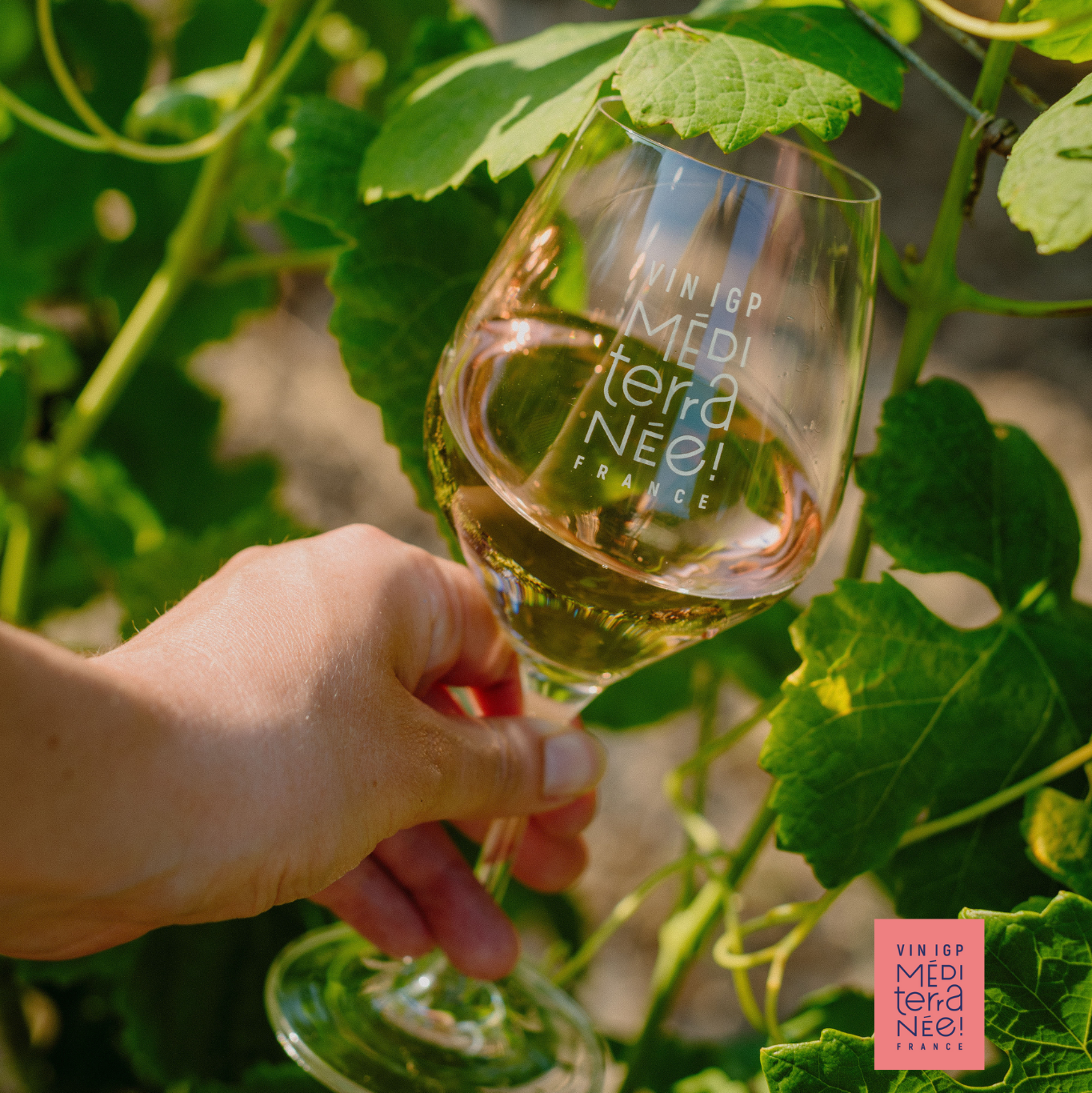Will subregions be the future of Provence rosé?
With sales of rosé skyrocketing in recent years and even luxury giants like LVMH investing in Provence wineries, Alexis Cornu, the head oenologist of southern French group MDCV, claims that pale pink wines will soon be on par with Champagne.
LVMH joined the rosé bandwagon this year with the acquisition of Chateau du Galoupet.
“The fact that the Champagne guys are investing in it is great,” Cornu told db, “it shows they have a lot of confidence in it.”
According to a recent report jointly published by FranceAgriMer and the Interprofessional Council of Vins de Provence, global still rosé wine consumption has grown steadily for the past 15 years (+28% between 2002 and 2017) with a very slight slowdown between 2016 and 2017.
While the biggest rosé consumers are France and the USA, the market in Asia is still small, but there are signs of future growth. In China, rosé wine sales are meagre, but they are forecast to increase by over 36% by 2019, according to estimates by Vinexpo.
The recent rush on rosé has also led to a number of A-listers launching their own brands. Angelina Jolie and Brad Pitt, Sarah Jessica Parker and Bon Jovi have all released their own labels in recent years.
Cornu told db that, as the category has expanded rapidly, some businesses in Provence, where 88% of wine production is rosé may struggle to stand out in a crowded market.
While some in the rosé business believe striking packaging is the way forward, Cornu told db that digging deeper into terroir could also play an important role.
There are eight production areas that make up the Côtes de Provence appellation: Bordure Maritime, Notre-Dame des Anges, Haut Pays, Bassin du Beausset, Sainte-Victoire, Fréjus, La Londe and Pierrefeu. Four terroir designations are currently recognised there, each of which produces wines with a pronounced typicity: Côtes de Provence Sainte-Victoire, Côtes de Provence Fréjus, Côtes de Provence La Londe and Côtes de Provence Pierrefeu.
Partner Content
Using his own employer Château des Bertrands as an example, Cornu said he believes some estates “will look at subregions more closely”
“I’m not sure it will be picked up on bottles straight away,” he said, “but some estates will try to pay more attention to their soils and terroir.”
He said that des Bertrand’s own terroir comes from being a part of the Notres Dame des Anges, an area that became the AOC’s 5th recognised terroir after years of campaigning by local groups.
Cornu said that, out of the entire MDVC portfolio, des Bertrands produces the group’s “most delicate” wines.
“The wines here are different from the freshness and acidity you find in central Provence,” he said. Château des Bertrands has sandy soils which allow water to drain away from the vines easily, which Cornu said “induces really fine wines.”
“There is also a kind of saltiness…I think we will look at subregions more closely”, Cornu said, although adding that, in Provence, “it’s not so much about terroir as estate identity.”
“The brand itself will also be an important part of it.”




